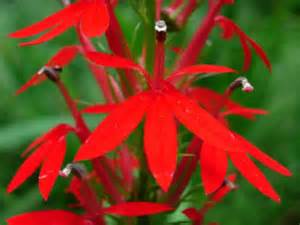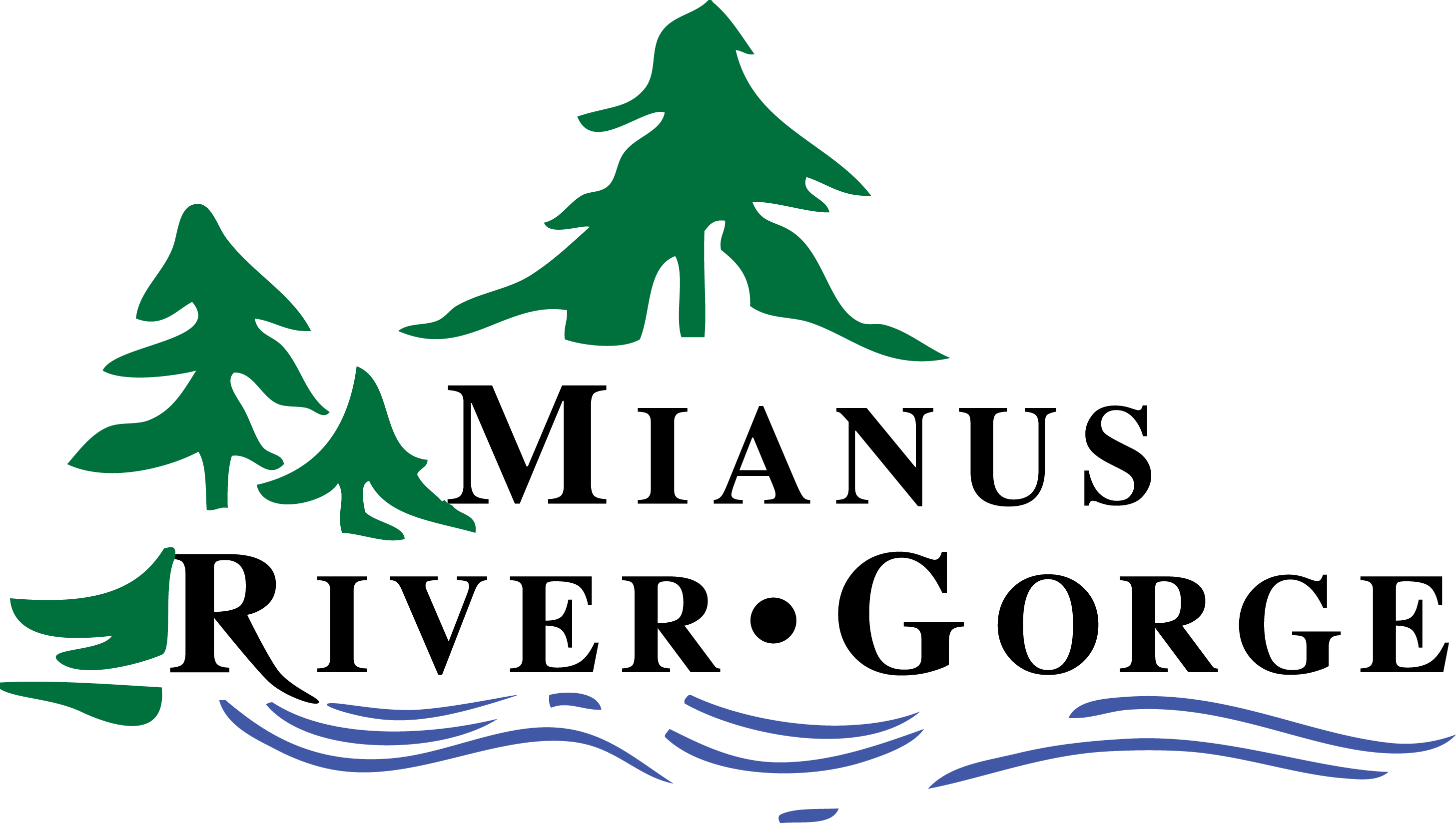
Wildlife Tech Class of 2016
Ursuline Academy
Mentor: Chris Nagy (MRG)
Project: Wildflower regeneration in post-agricultural forests and potential for restoration
Project Status: Completed
Project Description: Many factors have inhibited the growth of wildflowers in forests in the Northeastern United States. Limiting factors include overabundant white-tailed deer population and altered or disturbed soil conditions in these post-agricultural forests. As part of a large restoration effort, I monitored plantings of wild ginger (Asarum canadense), wild columbine (Aquilegia canadensis), foam flower (Tiarella cordifolia), and white trillium (Trillium grandiflorum) in an exclosed area to measure vital rates in the absence of herbivory pressure from deer. Survival rates for adult wild ginger (>1 year old) were 0.83 ± 0.19 (mean ± SD) in 2012 – 2013 and 0.83 ± 0.20 in 2013-2014. Reproductive rates were 0.02 ± 0.04 in 2012 (year they were planted), 0.82 ± 0.28 in 2013, and 0.33 ± 0.35 in 2013. Population projections for wild ginger indicated positive growth of approximately 16 – 20% per year. Growth rates for species that do not reproduce clonally, like columbine, were lower but survival was >80%. This research shows that if deer can be controlled, wildflower populations are able to thrive even in these disturbed areas. Future research can evaluate other factors affecting natural regeneration such as the existing seed and natural recolonization rates bank in post-agricultural forests.
